Table of Contents
Guide
Page List
PRAISE FOR The White Mosque
Sofia Samatars encyclopedic imagination, her voracious intensity toward literature, her luminous poetic voice, her attunement to the uncanniness and ghosts of history finds her in company with Olga Tokarczuk, W. G. Sebald, Jorge Luis Borges, and Maria Stepanova. The White Mosque may be her magnum opus: a mosaic that both shatters and illuminates.
Kate Zambreno, author of Drifts and To Write as If Already Dead
Follow an award-winning fantasy author on her personal quest as she trails an ethnic heritage tour that maps onto a nineteenth-century apocalyptic trek and the old Silk Road. The work of a true acrobat of thought, this memoir/travelogue/history/treatise on religious and racial difference/romance seeks nothing less than paths to peace on our parched planet. Visionary, expansive, and wise, Samatars exploration stands un-paralleled in Mennonite literature and unique among all the new, fine books about identity. Read it and see why the forgotten details of history matter, and how writing can redeem real lives.
Julia Spicher Kasdorf, author of Shale Play: Poems and Photographs from the Fracking Fields
Sofia Samatar is a writers writer. There is sweetness and color and shade. There is the collision and confrontation with various histories past, moments present. There is the shattering of shimmer and the mosaic of a lived lifelives past and gone that created a way for her breath and becoming. Sofia Samatar in The White Mosque wants to shift the breath of another, wants for words on the page and the sensations they conjure to move something of the inhalation and exhalation of ones breathing in noticeable even if excitable, even if calming, ways. And my breath was shifted. Not looking to simply confront the past, Samatars memoir and memorial compels readers to think about how we handle the past, what we do with it in our hands and with our eyes, as well as how it works on us, produces an effect on us, changes us and what we know of our capacities, ideas, thoughts, imaginations. All this is sensed in the movement that Mennonites traversed toward the end of their world, movements that produce religious convergences and confluences. Is your life a pilgrimage, a journey, a wandering? Reading The White Mosque sets the stage for this kind of thinking, this line of questioning, urgent and necessary and present to take the breath away.
Ashon Crawley, author of Blackpentecostal Breath: The Aesthetics of Possibility and The Lonely Letters
Mennonite. Uzbekistan. A story of pilgrimage, a palimpsestic quest. The White Mosque is an oasis for the world-weary soul, a glorious and sensuous glimpse into histories edited out of mainstream conversations. Ak Metchet, the White Mosque, is a Mennonite church. It no longer exists. Yet this is a story of a pilgrimage to roadways, to ghosts, to the accidental, to the glow, told by a Somali American wanderer with Mennonite roots, in the most mellifluous of lyrics. It is an invitation into landscapes that were the backdrop of a sort of futurism that did not quite pan out. Hurry, reader, settle into a seat with this book and prepare to be delighted.
Yvonne Adhiambo Owuor, author of Dust and The Dragonfly Sea
A brilliant quest narrative like none youve ever read. The White Mosque is a passionately researched memoir-helix, written by a genius of genre, and composed of strands of other histories twisted with Samatars own. As with all her books, one imagines Sofia Samatar emerging from the scene of its creation like a victor having wrestled questions and forces we are too timid, or unequipped, to face on our own. Samatar conducts epic battles for her booksto make them real and to give form to what, before we read it, would have seemed impossible to imagine. The result is a work of profound scholarship and kaleidoscopic beauty.
Jordy Rosenberg, author of Confessions of the Fox
There are very few contemporary writersif anywho can match Sofia Samatars kaleidoscopic inventiveness and wonderful wild. She is a genius and The White Mosque is the most mesmeric book Ive read in years.
Diriye Osman, author of Fairy Tales for Lost Children and The Butterfly Jungle
This is a perfect memoir: a mosaic (or as Samatar calls it, a shattering) of self that elevates the genre of nonfiction to new heights, and an exploration of what it means to stand in the illuminated intersection of history and identity, and bring precise language to the diffuse and unknowable. It is my dearest hope that this book brings Sofia Samatar into the wider public consciousness, something we have not earned, but which she so very richly deserves.
Carmen Maria Machado, author of In the Dream House
The White Mosque is a luminous, brilliant gaze into some of our most profound questions about identity, inheritance, and all that we carry forward as we move through this world. Page after page, Samatar writes with electrifying beauty, treading that fine balance between lush metaphor, philosophical evocation and unwavering clarity. This is a spellbinding, riveting book.
Maaza Mengiste, author of The Shadow King
The White Mosque is a text of immense richness, complexity, and beauty. Tracing the Silk Road journey of nineteenth-century Mennonites into Central Asia and written with poetic grace, Sofia Samatar finds and marks out innumerable parallel paths across time, space, literatures, and histories, including her own personal story.
John Keene, MacArthur Fellow and author of Counternarratives
The White Mosque
ALSO BY SOFIA SAMATAR
A Stranger in Olondria
The Winged Histories
Tender: Stories
Monster Portraits, with Del Samatar

The White Mosque
A Memoir
Sofia Samatar
CATAPULT  NEW YORK
NEW YORK
For my mother,
Lydia Samatar
for my parents-in-law,
Annetta Miller and Harold F. Miller
and in memory of my father,
Said Sheikh Samatar

Combining an angular 16th century Gothic letter type known as Frakturfamiliar to them through written and engraved copybooks, letters of apprenticeship, deeds, and official edictswith the somewhat Oriental motifs of 18th century European hand-blocked and woven textile designs, the Pennsylvania Germans produced a new art form of such great richness, and in such great quantities, that it should be regarded more as a revival, than as a survival of Medieval illumination.
DONALD A. SHELLEY , The Pennsylvania German Style of Illumination
The story has become luminous.
JOHN L. RUTH , Mennonite Identity and Literary Art
Contents



The White Mosque



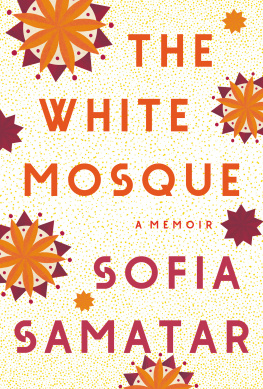
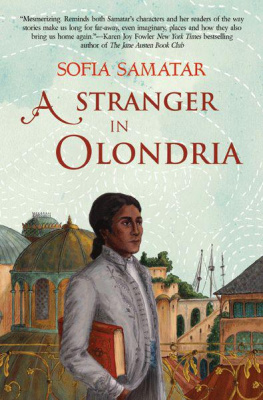

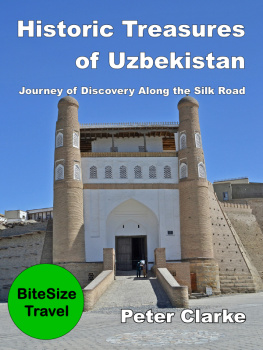




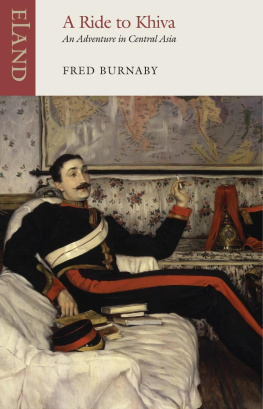
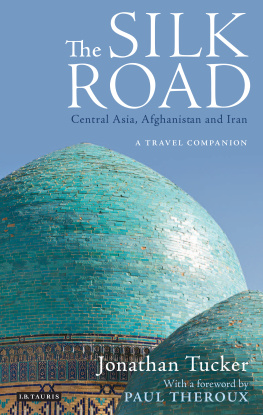
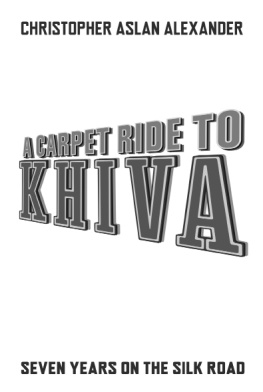



 NEW YORK
NEW YORK
